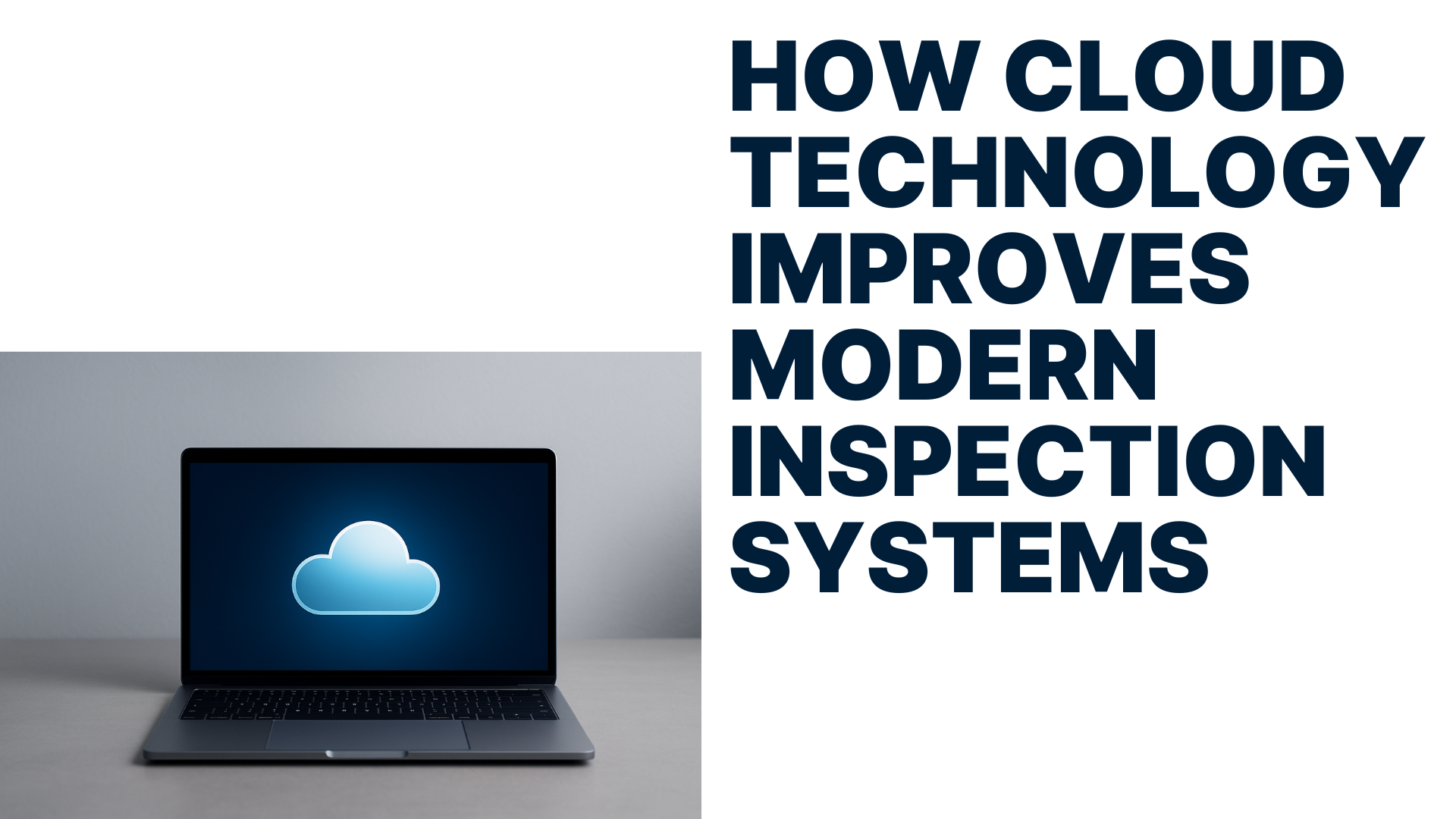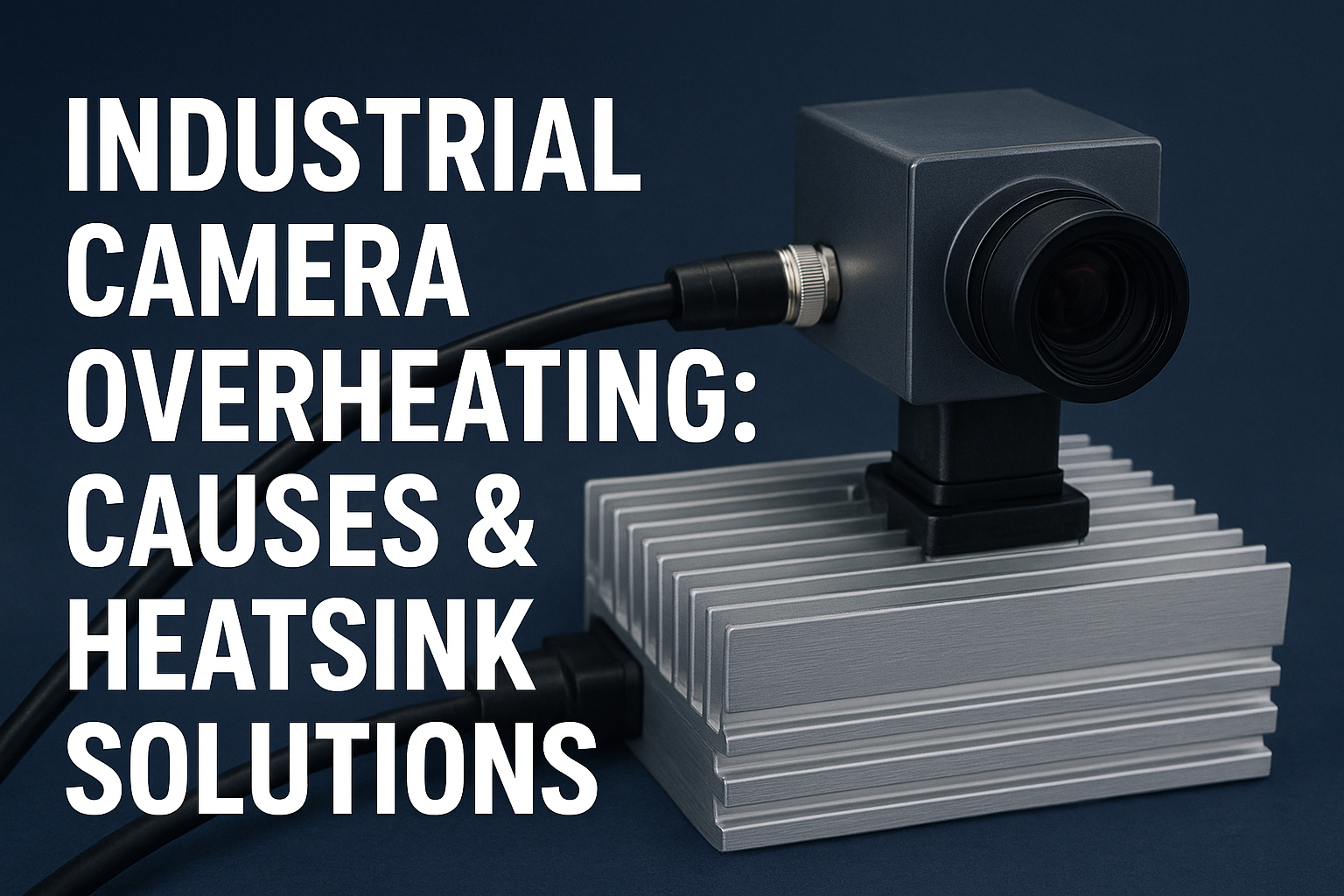Businesses operate in a hypercompetitive scenario, which is why your operational strategies can make or break your business’s trajectory. Every second of downtime can result in productivity and financial loss. Upgrading your outdated systems with CMMS, or Computerized Maintenance Management Systems, can simplify maintenance with automation, boost visibility, and oversee everyone’s maintenance efforts.
As industries continue to evolve and become tech-driven, CMMS is emerging as a leader in helping businesses become more sustainable, reduce unnecessary costs, and increase efficiency. This article shares some notable CMMS use cases that highlight the role of this advanced technology in transforming maintenance into a strategic advantage for modern businesses.
1. Automated Preventive Maintenance
There was a time when maintenance teams waited for machines to break down to complete the maintenance or repair routine. However, things have changed today with smarter preventive maintenance. CMMS software triggers reminders for maintenance or condition thresholds, reducing the risk of sudden breakdowns. In fact, preventive maintenance ensures the timely maintenance of expensive assets, preventing sudden breakdowns that can disrupt operations and result in lost productivity.
2. Centralized Asset Visibility
Another critical CMMS use case is allowing asset tracking from a single platform. CMMS platforms record everything, from purchase history to depreciation data, to accurately evaluate an asset’s performance and plan replacements in advance. The best thing is that there is no need to juggle multiple spreadsheets. Through the CMMS platforms, teams can gain clear insights into which assets require attention to improve budgeting and reliability.
3. Digitizing Work Orders
Manual work management often leads to miscommunication or missed tasks. CMMS provides a comprehensive solution to this issue. From automated job allocation to tracking the process and updating the final results, every step of the process is completed in real time. Managers use a standard dashboard to keep maintenance completely transparent, allowing technicians to complete their tasks in real-time and update their status with photos, videos, or notes. This transparency results in faster response times, zero lags, and better interdepartmental collaboration.
4. Optimal Inventory Control
Running out of rare spare parts when you need them the most can halt operations. However, keeping track of inventory and consumables is no simple task, especially for businesses with multiple locations. However, streamlined inventory and spare parts control become easy with CMMS. The tool closely monitors stock levels, issues alerts for low or excessive inventory, and generates automatic purchase orders to prevent product halts. In fact, such control over inventory can help your business reduce waste, save on maintenance budget, and ensure the right materials are on hand for emergencies.
5. Remote Access to Work Orders
Another critical CMMS use case is mobile maintenance. From their mobile devices, maintenance workers can see their work orders, keep track of their progress, update maintenance logs, and even scan barcodes. Such seamless mobile accessibility empowers facility managers and maintenance teams to respond quickly and record the latest data, even when they are operating from remote locations. Moreover, mobile access bridges the communication gap between management and field teams, reducing the risk of maintenance tasks slipping through the cracks.
6. Regulatory Compliance and Digital Audits
Industries like healthcare, utilities, food and beverages, and manufacturing operate under strict regulations. Complying with standard regulatory guidelines can be stressful without proper data and accepted documentation. A CMMS streamlines and simplifies regulatory compliance with automated digital records of inspections, maintenance logs, equipment repair and replacement history, and safety checks. With everything documented, businesses remain inspection-ready and can easily demonstrate their adherence to industry-specific regulatory guidelines, thereby avoiding penalties and fines.
7. Date-Driven Insights for Informed Decision-Making
One of the most crucial CMMS use cases is using data analytics to ensure insightful reporting. Advanced CMMS tools have built-in analytics tools to convert raw maintenance data into actionable insights. The real-time dashboard provides downtime patterns, equipment performance, costs, and failure trend reports. These insights also help forecast maintenance and repair charges, enabling better resource allocation and ensuring that every dollar from the maintenance budget is spent wisely.
8. Seamless Integration With Existing Business Systems
The key highlights of a modern CMMS tool include its seamless integration with management tools, IoT, and ERP. Such connectivity removes data silos and gathers real-time insights from different departments. In fact, with your systems aligned, operations, maintenance, finance, and communications are easily accessible. Furthermore, the integration ensures smoother workflows, error-free cost tracking, and more informed decision-making.
Closing Note
Maintenance today extends beyond simple repairs and has a direct impact on your business’s long-term stability and success. The eight use cases discussed above illustrate how the CMMS system is increasingly reshaping maintenance to minimize downtime, reduce costs, improve compliance, and support data-backed planning. The system delivers measurable results. Therefore, every business should identify its significance in bridging the gap between operational flow and business needs and adopt CMMS for growth.
















Post Comments